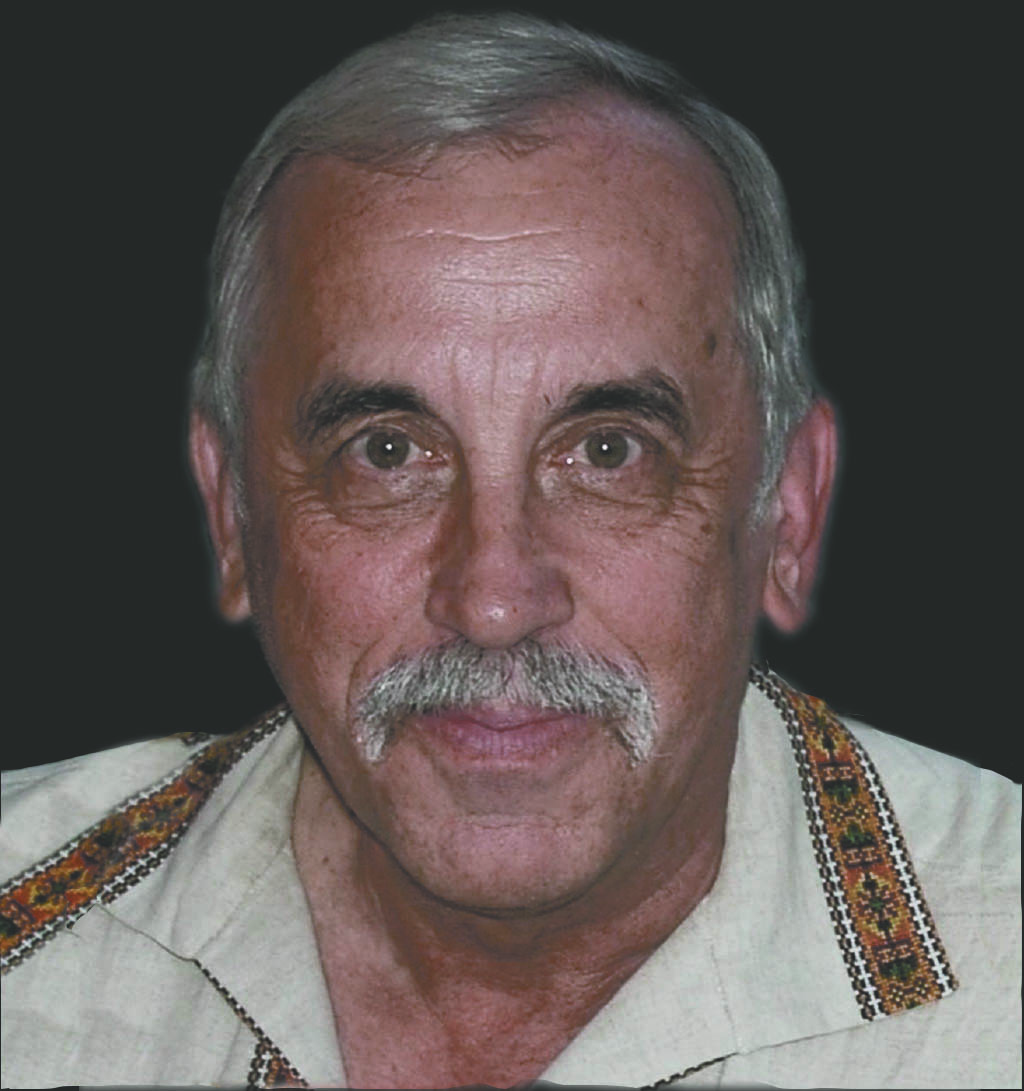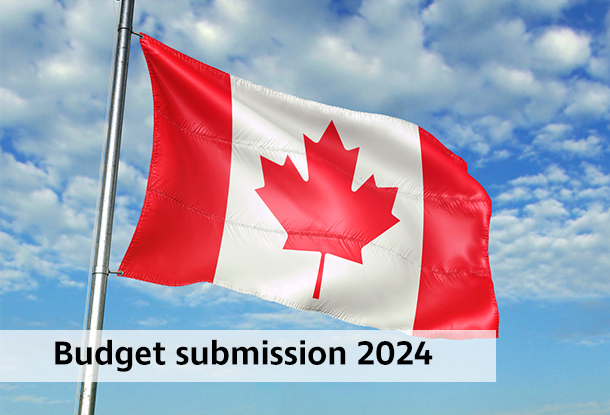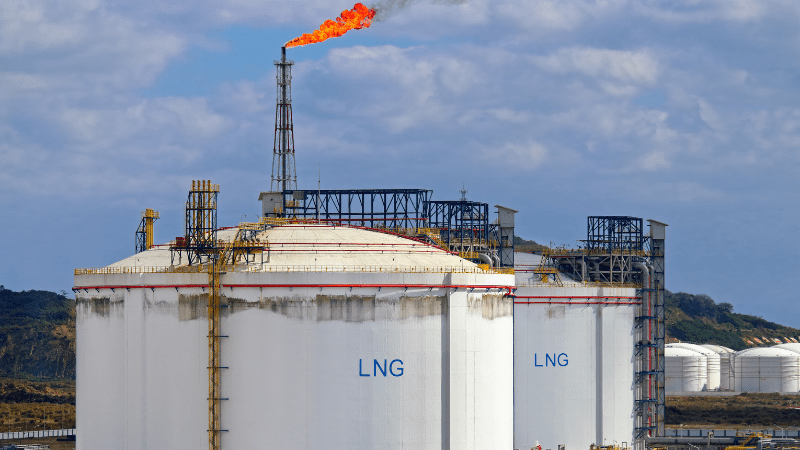Volodymyr Kish.
Although it is difficult to get accurate estimates, there have been upwards of 40,000 Ukrainian immigrants that have come to Canada since the Iron Curtain came down and Communism died a well-deserved death in Eastern Europe. Most came from Ukraine proper, though a significant number also came from Poland where the borders had opened up a few years earlier than in Ukraine. In most respects they were better educated, financially more secure and more in control of their destinies than any of the previous waves of Ukrainians that have come to these shores.
These immigrants have been tagged as the Fourth Wave within the existing Ukrainian community in Canada. The previous one, known as the Third Wave, consisted of the large influx of “Displaced Persons” that came from the refugee camps of post-World War II Europe. Interestingly, the total numbers that came then are almost the same as those of the Fourth Wave, with the important distinction being that the DP migration was concentrated in less than a decade, whereas the Fourth wave has been spread out more, with roughly some two thousand or so Ukrainians coming here every year for the past 27 years.
The other major and significant difference has been the impact that these waves had on the Ukrainian communities that were already in place in Canada. In this respect, the Third Wave was particularly dynamic. Within a decade, they had taken overwhelming control of Ukrainian community life and initiated a boom of organizational expansion and Ukrainian hall building all over the country.
This was primarily attributable to the two competing factions of the Organization of Ukrainian Nationalists (OUN). Once a united underground movement in Poland and Ukraine dedicated to fighting the Poles, the Communists and subsequently the Nazis as well, they had split during the war into two opposing camps led by Andriy Melnyk and Stepan Bandera. The two factions became popularly known as OUN-M and OUN-B after their leaders, and it would be safe to say that there was certainly no love lost between adherents of the two groups. After the war, many of them found themselves in the DP camps, where they actively recruited their displaced fellow Ukrainians and became instrumental in the governance of the camps under Allied oversight.
Large numbers of them arrived in Canada as part of the Fourth Wave. The OUN-M sympathizers mostly joined the existing UNF (Ukrainian National Federation) organization, and within a short space of time came to dominate its leadership ranks. The OUN-B supporters created their own organization from scratch which we now know as the League of Ukrainian Canadians (LUC) and their youth wing SUM. Over the next thirty years they expanded rapidly into all the major cities and towns across Canada, wherever there was a significant population of Ukrainians. Aside from their political activities, they created a rich environment for Ukrainian arts, music, culture and education to thrive in. Although the last thirty years have seen a significant decline in the ranks and activities of both organizations, there can be no doubt that the Third Wave played a key role in strengthening Ukrainian identity and influence in Canada.
The same paradoxically cannot be said for the Fourth Wave. For various reasons, most Fourth Wavers chose not to become active within the established Ukrainian organizations in Canada. To be fair, a few have come to play an important role in the leadership ranks of the Ukrainian community, but they tend to be more the exception than the rule. The overwhelming majority of the membership and leadership ranks of the major Ukrainian organizations in Canada are still primarily composed of the descendants of the Third Wave. Further, although a few new Fourth Wave organizations have been formed, they tend to keep to themselves and have not integrated significantly into the mainstream Ukrainian “hromada.”
There are many reasons for this, and in future columns I hope to examine this phenomenon in more detail. I think it important that some serious research on this be done, as the issue is of vital importance to the future of the Ukrainian community in Canada. Each previous wave of Ukrainian immigrants either created or built upon the organizational infrastructure of previous waves. Each strengthened the existing Ukrainian community and pushed its capabilities and influence to a higher level. This latest Fourth Wave, aside from a small number of individuals, has been mostly ambivalent about doing the same, and I think we need to understand why.
I am posing these questions not as a criticism of the Fourth Wave, since the causes of this dynamic are likely to be found in what both sides did or didn’t do. What would be beneficial would be to find some common understanding and construct the basis for engaging in constructive dialogue on how to bring the two sides together.
Share on Social Media


































